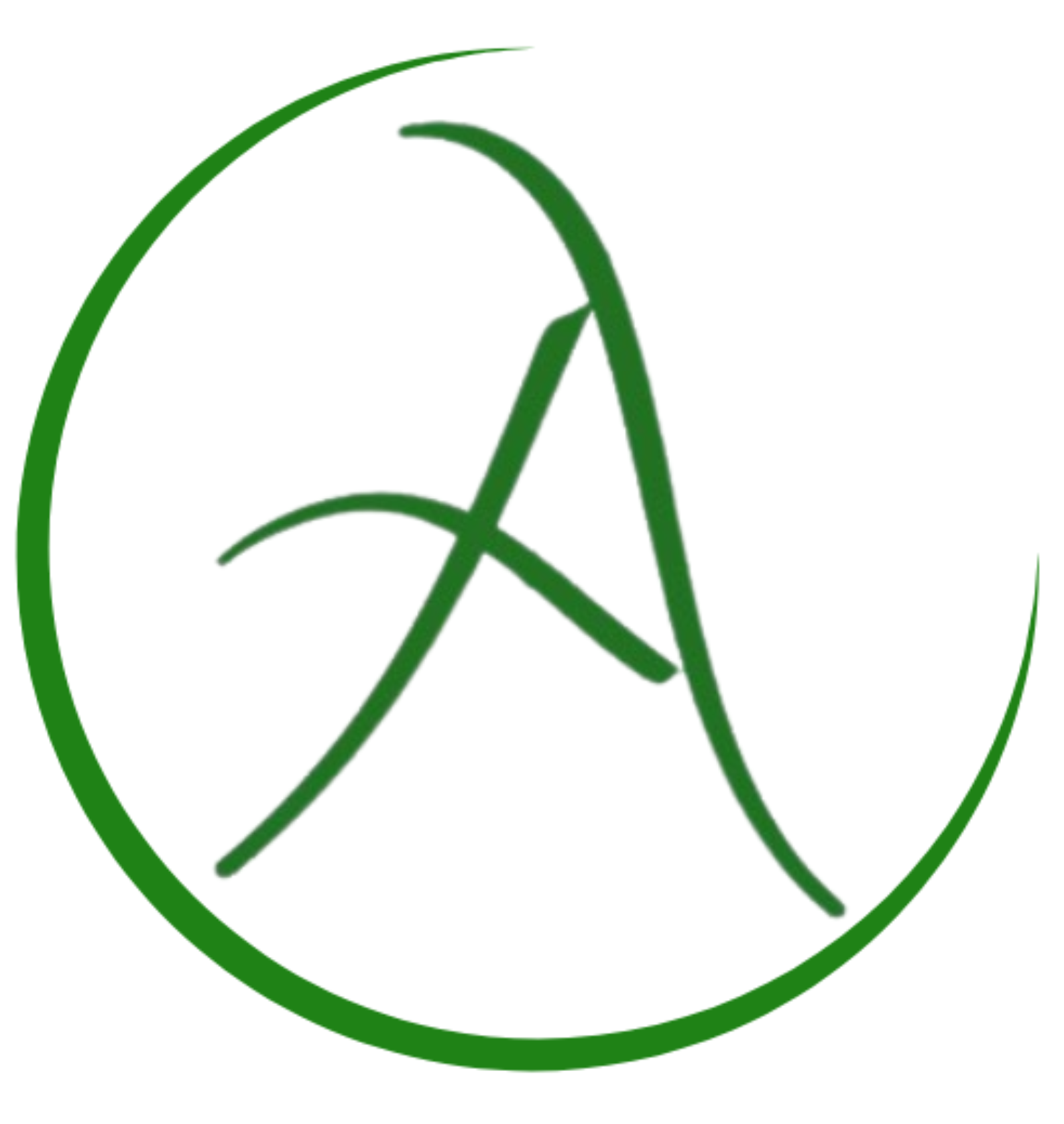የተሃድሶ ኢኮኖሚ
-
Module 01: Introduction1.1 Lesson-1: Interested in Regeneration?
-
1.2 Lesson-2: What is Regenerative Economy?
-
1.3 Lesson-3: Principles of Regenerative Economy9 ርዕሶች
-
1.3.1 Principle 1: Maintain strong, cross-scale circulation of key flows, such as energy, information, resources, and money.
-
1.3.2 Principle 2: Regenerative and sustained re-investment
-
1.3.3 Principles 3 & 4: Maintain Trustworthy Inputs and Healthy Outputs
-
1.3.4 Principle 5: Maintain a good balance between different types of organizations.
-
1.3.5 Principle 6: Maintain a balanced mix of resiliency and effectiveness.
-
1.3.6 Principle 7: Maintain sufficient diversity
-
1.3.7 Principle 8: Encourage cooperative relationships and principles that are shared by all
-
1.3.8 Principle 9: Encourage positive action and restrict speculative and overly extroverted behavior
-
Principle 10: Encourage efficient, flexible, group learning
-
1.3.1 Principle 1: Maintain strong, cross-scale circulation of key flows, such as energy, information, resources, and money.
-
1.4 Lesson-4: Towards Regenerative Economy1 የፈተና ጥያቄ
-
Module-02: Go Beyond the Circles2.1 Lesson-1: From Linear to Circular Economy
-
2.2 Lesson-2: The Nested System
-
2.3 Lesson-3: From Focusing on the Product to Focusing on the Process1 የፈተና ጥያቄ
-
Module-03: Regenerative Economy Mindset Shifting3.1 Lesson-1: Shift Mindset to Transform the System1 ርዕስ
-
3.2 Lesson-2: Shift Mindset: “Doing” to “Being”2 ርዕሶች
-
3.3 Lesson-3: Shift Mindset: “Ego” to “Soul”1 ርዕስ|1 የፈተና ጥያቄ
-
Module 04: Regenerative Economy Framework4.1 Lesson-1: Levels of Paradigm6 ርዕሶች
-
4.2 Lesson-2: Understanding Levels of Paradigm as a System
-
4.3 Lesson-3: Evolving a Practice of Regenerative Economics5 ርዕሶች
-
4.4 Lesson-4: Quantitative Growth to Qualitative Growth2 ርዕሶች|1 የፈተና ጥያቄ
-
Module 05: Collaborative Approach to Regenerative Economy5.1 Lesson-1: Ecology and Regenerative Economy 1
-
5.2 Lesson-2: Economy of Human Development9 ርዕሶች
-
5.3 Lesson-3: Regenerative Approach to Whole Economic Development7 ርዕሶች
-
5.3.1 Risks Associated with Traditional Economic Growth
-
5.3.2 A Regenerative Evolutionary Strategy to Creating Community Wealth
-
5.3.3 Developing Place-Sourced Community Intelligence: A Three-Phase Strategy
-
5.3.4 Phase One: Thinking Strategically
-
5.3.5 Phase Two: Changing Systems
-
5.3.6 Phase Three: Institutionalizing Strategic Planning Patterns and Fields
-
5.3.7 The Changes
-
5.3.1 Risks Associated with Traditional Economic Growth
-
5.4 Lesson-4: Regenerative Culture3 ርዕሶች|1 የፈተና ጥያቄ
-
Module 06: Regenerative Investment6.1 Lesson-1: The Role of Businesses2 ርዕሶች
-
6.2 Lesson-2: Investing from a Regenerative Mind1 ርዕስ
-
6.3 Lesson-3: Food System Investing in a Regenerative Economy4 ርዕሶች|1 የፈተና ጥያቄ
-
ማጠቃለያ
Participants 5727
1.3.3 Principles 3 & 4: Maintain Trustworthy Inputs and Healthy Outputs
መስከረም 2, 2025
These two principles are connected complementarily and are studied jointly. Inputs and outputs are subject to circulation as well. A society will disintegrate if it runs out of a necessary resource, like water or fuel. The challenge of switching from fossil fuels to more dependable energy sources highlights the issue. Since flows are inherently circular, societies that harm themselves or their surroundings by producing outputs that the local environment is unable to absorb will also perish. The effort to maintain dependable inputs of essential resources and healthy outputs, from safe water to green energy, can therefore be seen as a network flow challenge. This is one of the core focuses of the sustainability movement. The science of flow, on the other hand, expands on essential inputs to cover precise knowledge, high-quality education, wholesome food, and vigorous financial circulation.

